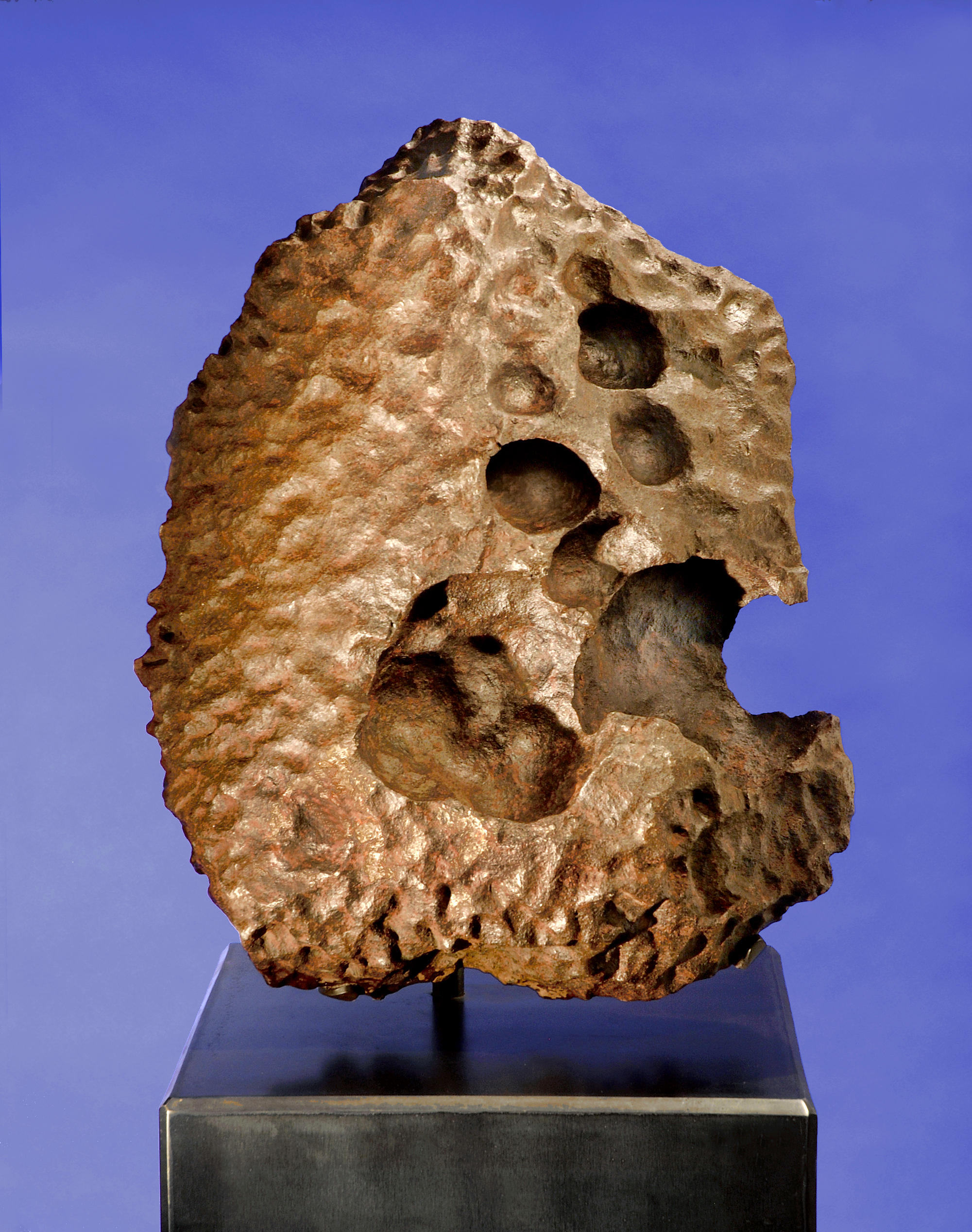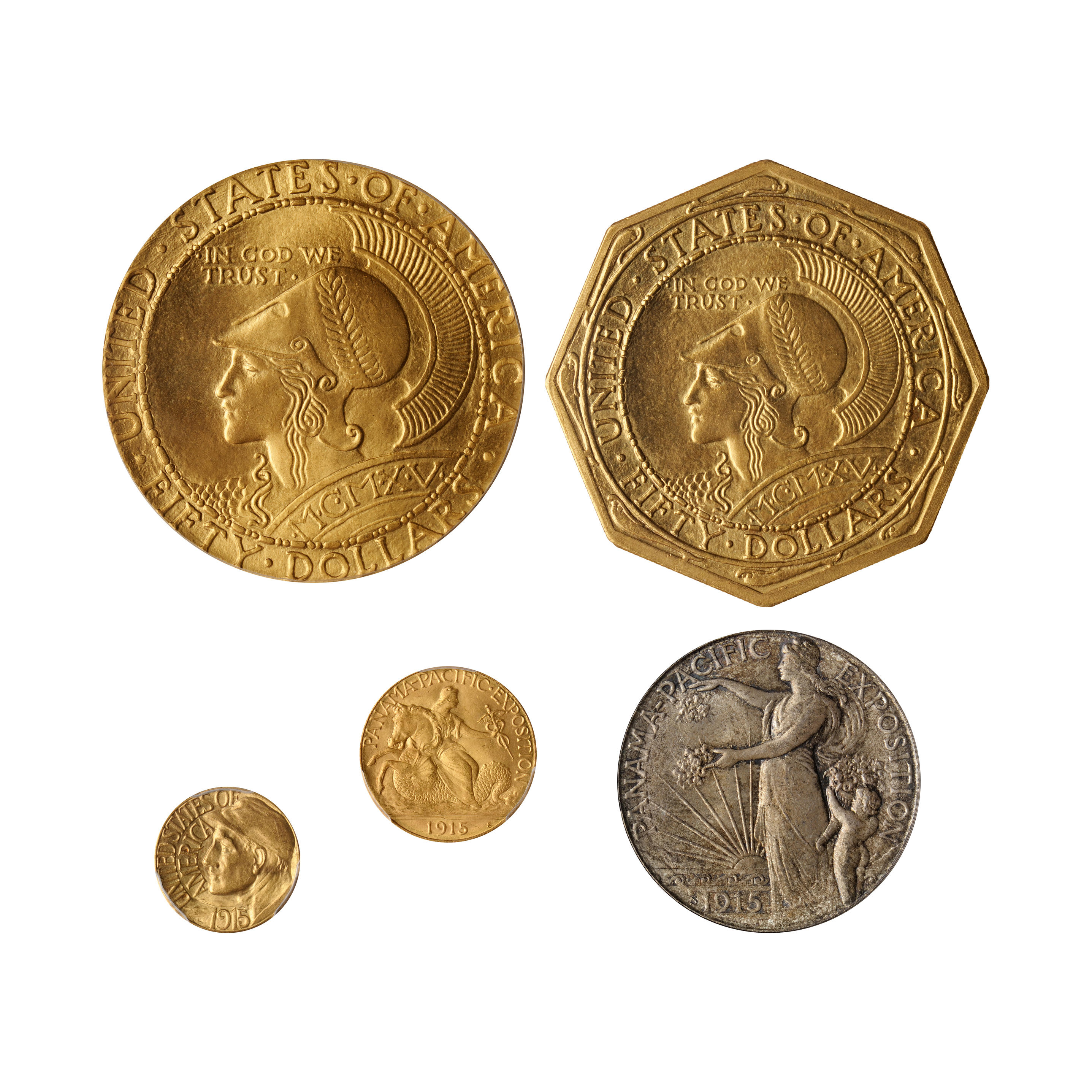Among the Finest Known Click image to view larger Description: Crete, Polyrhenion AR Stater. 4th century BC. Magistrate Charisthe. Laureate head of Zeus to right / Head of sacrificial bull facing, with pendant fillets hanging from horns; ΧΑΡΙΣΘΕ above, ΠΟΛΥΡΗΝΙΟΝ around. Svoronos (1972) 6, pl. XXV, 29 (same dies); Le Rider (1966) pl. XXXIII, 19 (same dies). 11.43g, 25mm, 1h. Extremely Fine. Extremely Rare, and among the finest known examples. From a private American Collection. Polyrhenion was one the oldest Dorian settlements of Crete, whose etymology is 'rich in lambs'. According to Strabo it was settled in archaic times by Achaian and Lakonian immigrants who gathered into one city the existing population, who had lived in villages, some 7 km inland from the Bay of Kissamos. Excavations from 1938 have exposed several building foundations which defy identification, but it may safely be presumed that one of these was a temple dedicated to Zeus. The bull sacrifice was a universal and key element of Greek religion, and it held particular significance in Crete which was rich in mythological traditions relating to the bull as a divine animal, being either divinely directed or indeed itself a theriomorphic god in bull form. Indeed, the central importance of the bull in Cretan culture was an ancient one predating even the arrival of the Mycenean Greeks in the 14th century BC; twentieth century archaeological excavations begun by Arthur Evans in 1900 dramatically 'resurrected' the lost Minoan civilisation and uncovered a wealth of artefacts which, among other things, portray the bull as a major religious symbol. The mythical origin of the idea of bull or ox sacrifice was believed to be from the story of Prometheos in Hesiod's Theogamy (521-616). At Mekone, in a a sacrificial meal marking the 'settling of accounts' between mortals and immortals, Prometheos purposely deceives Zeus by assigning to him a good-looking portion 'wrapped in glistening fat' that consists of nothing but bones, thus ensuring humans would keep the meat for themselves and burn the bones wrapped in fat as an offering to the gods.
Among the Finest Known Click image to view larger Description: Crete, Polyrhenion AR Stater. 4th century BC. Magistrate Charisthe. Laureate head of Zeus to right / Head of sacrificial bull facing, with pendant fillets hanging from horns; ΧΑΡΙΣΘΕ above, ΠΟΛΥΡΗΝΙΟΝ around. Svoronos (1972) 6, pl. XXV, 29 (same dies); Le Rider (1966) pl. XXXIII, 19 (same dies). 11.43g, 25mm, 1h. Extremely Fine. Extremely Rare, and among the finest known examples. From a private American Collection. Polyrhenion was one the oldest Dorian settlements of Crete, whose etymology is 'rich in lambs'. According to Strabo it was settled in archaic times by Achaian and Lakonian immigrants who gathered into one city the existing population, who had lived in villages, some 7 km inland from the Bay of Kissamos. Excavations from 1938 have exposed several building foundations which defy identification, but it may safely be presumed that one of these was a temple dedicated to Zeus. The bull sacrifice was a universal and key element of Greek religion, and it held particular significance in Crete which was rich in mythological traditions relating to the bull as a divine animal, being either divinely directed or indeed itself a theriomorphic god in bull form. Indeed, the central importance of the bull in Cretan culture was an ancient one predating even the arrival of the Mycenean Greeks in the 14th century BC; twentieth century archaeological excavations begun by Arthur Evans in 1900 dramatically 'resurrected' the lost Minoan civilisation and uncovered a wealth of artefacts which, among other things, portray the bull as a major religious symbol. The mythical origin of the idea of bull or ox sacrifice was believed to be from the story of Prometheos in Hesiod's Theogamy (521-616). At Mekone, in a a sacrificial meal marking the 'settling of accounts' between mortals and immortals, Prometheos purposely deceives Zeus by assigning to him a good-looking portion 'wrapped in glistening fat' that consists of nothing but bones, thus ensuring humans would keep the meat for themselves and burn the bones wrapped in fat as an offering to the gods.















Try LotSearch and its premium features for 7 days - without any costs!
Be notified automatically about new items in upcoming auctions.
Create an alert